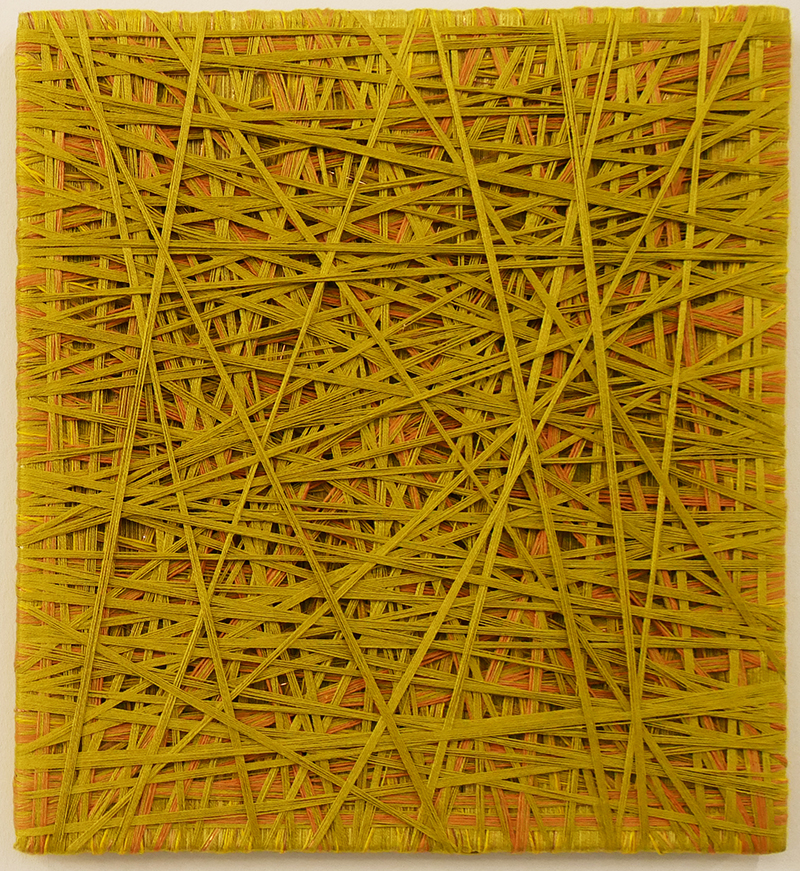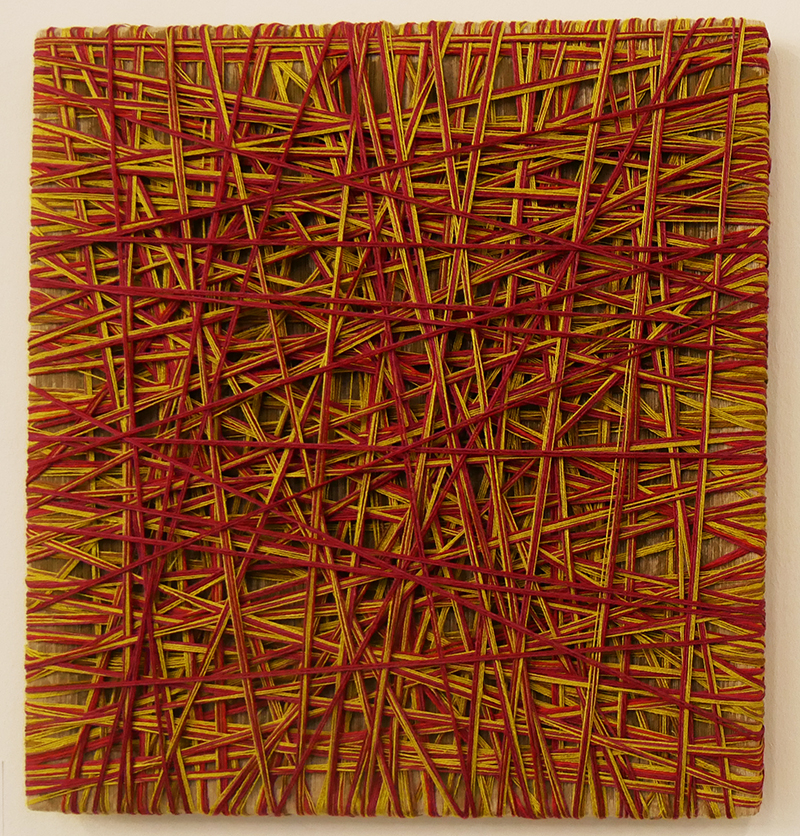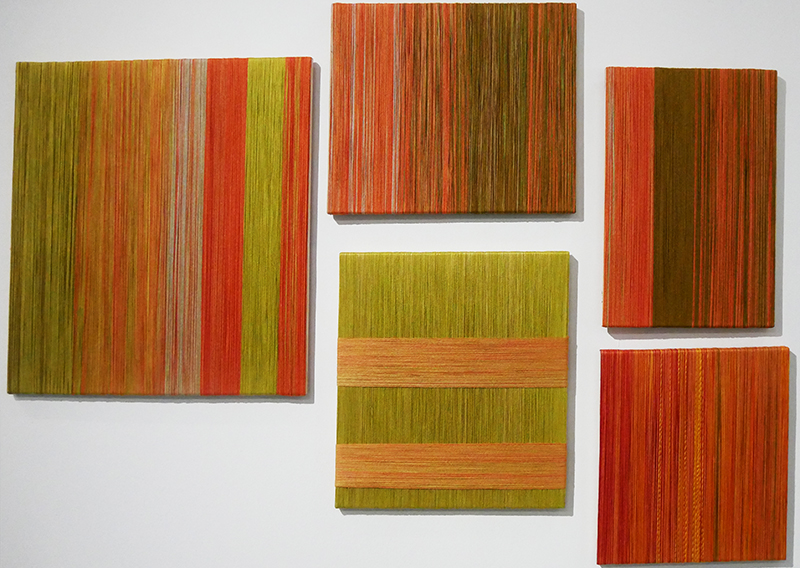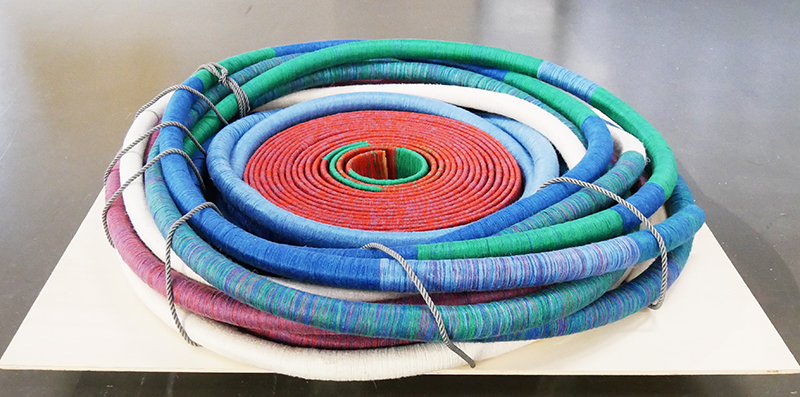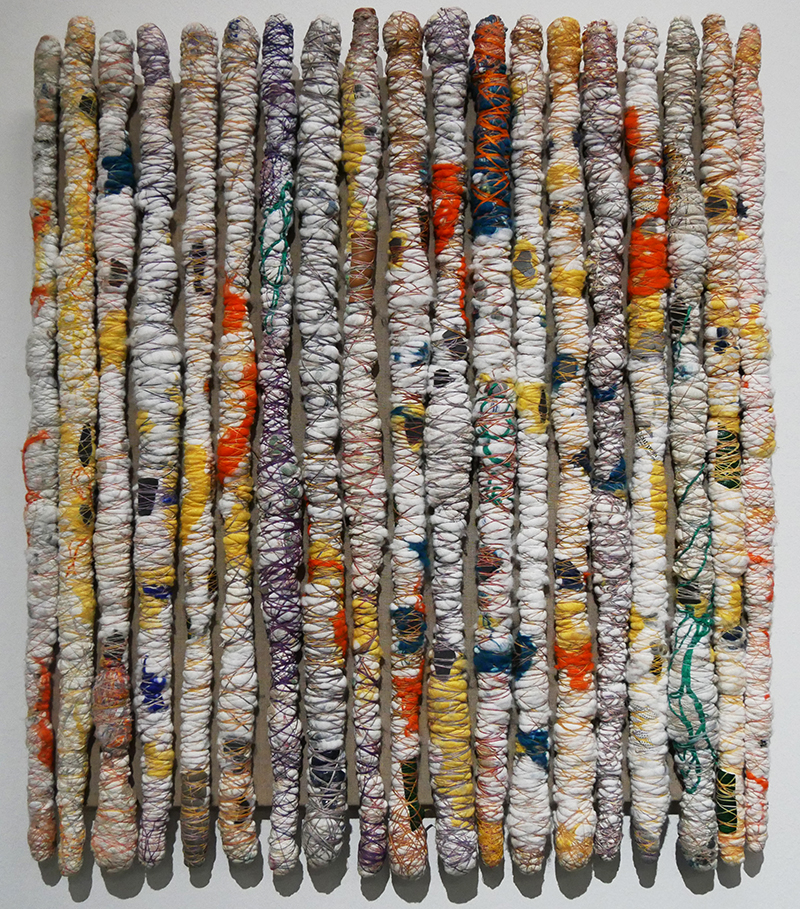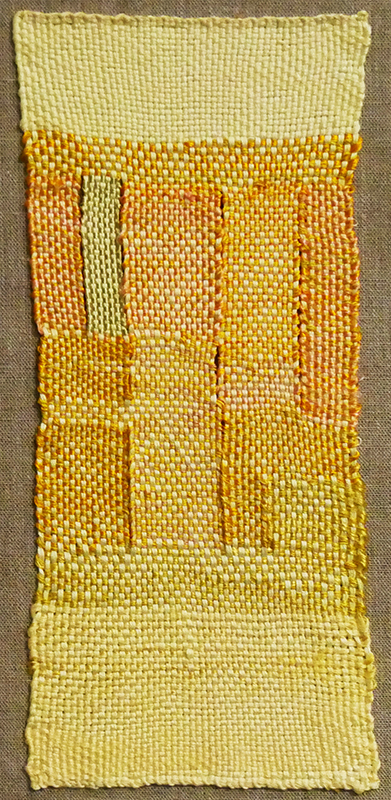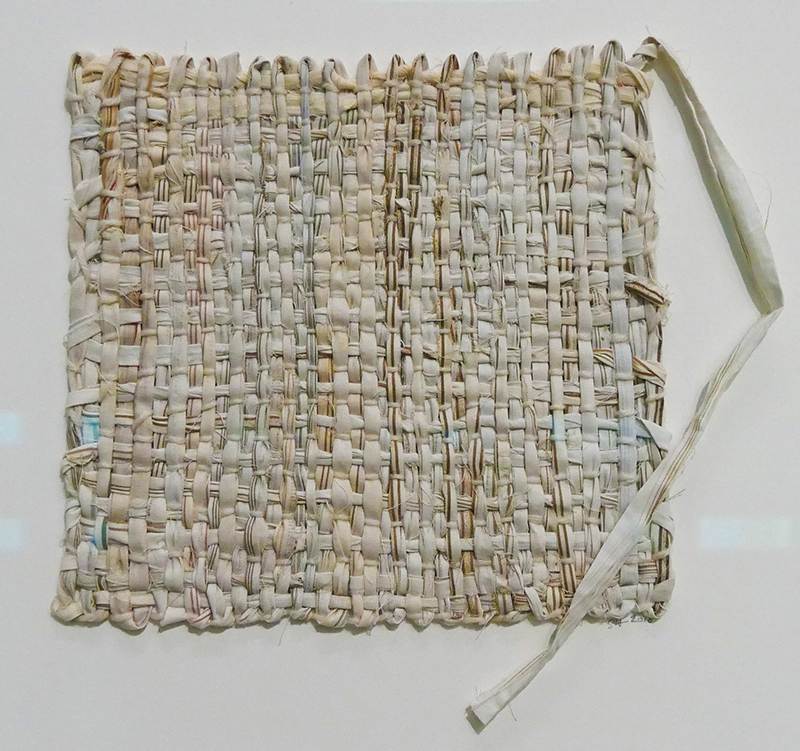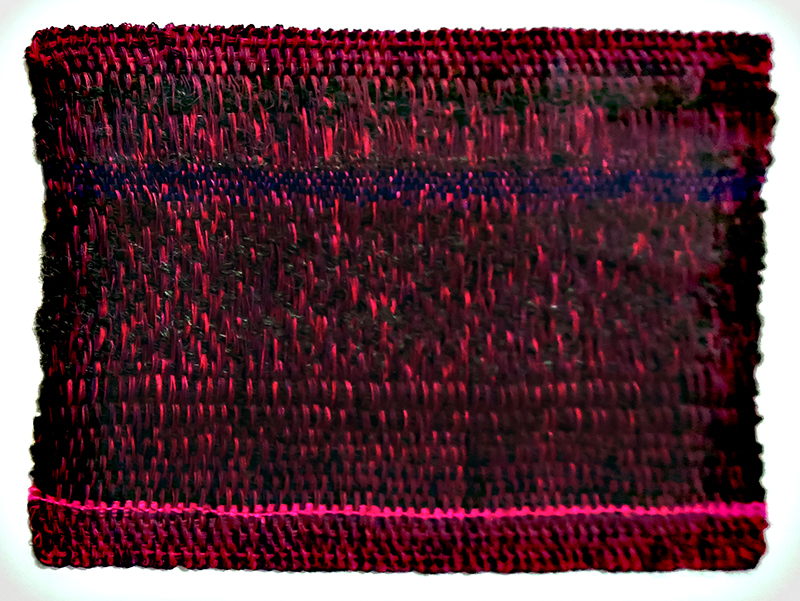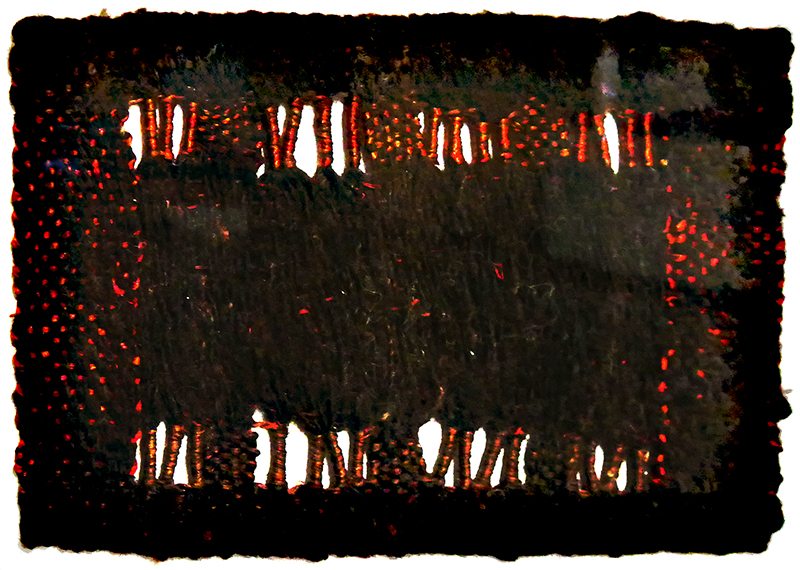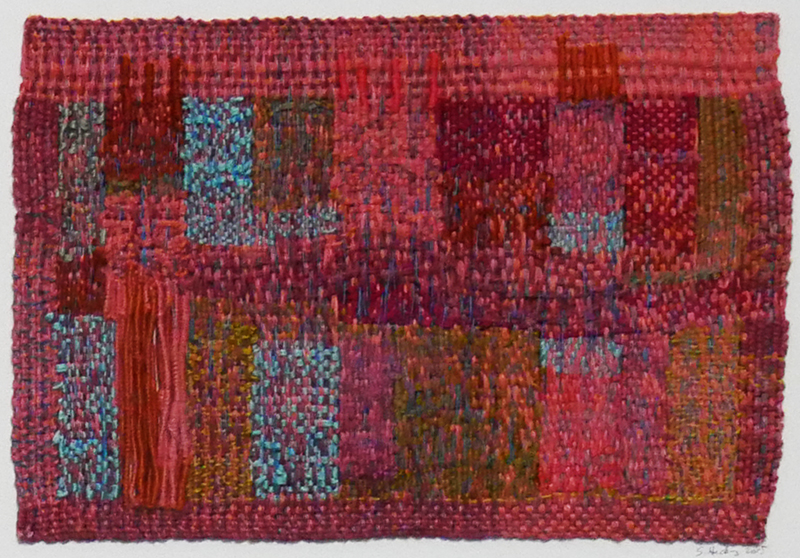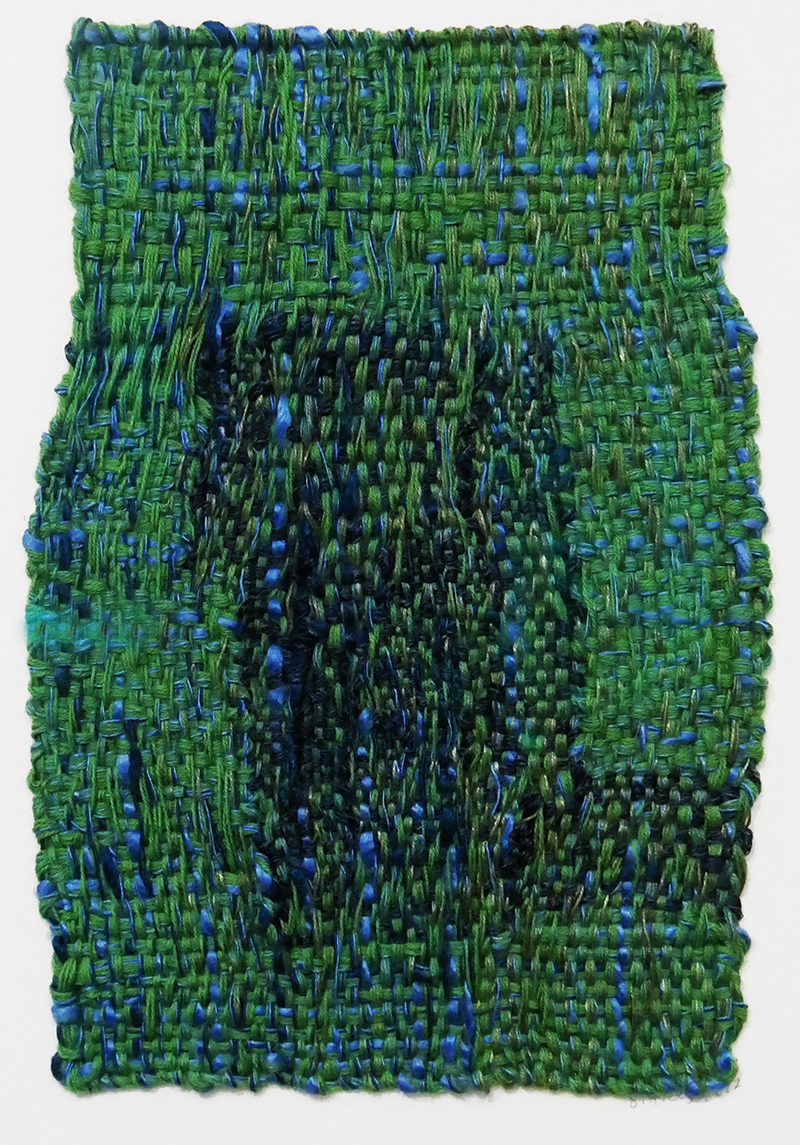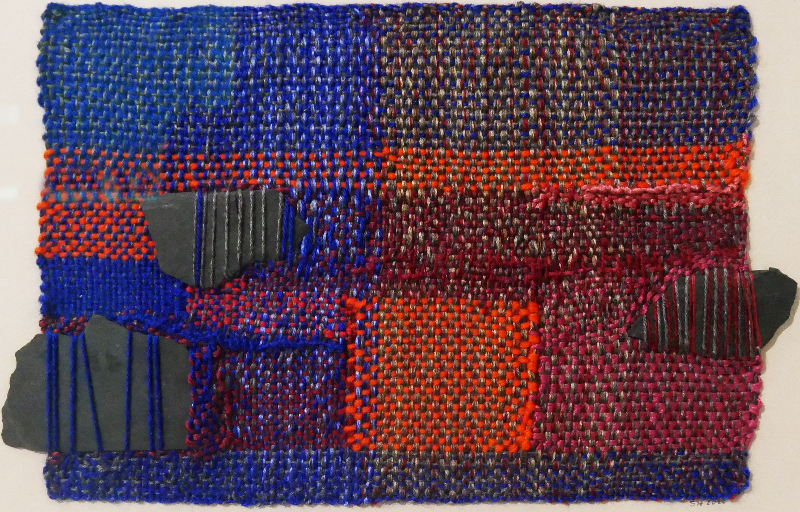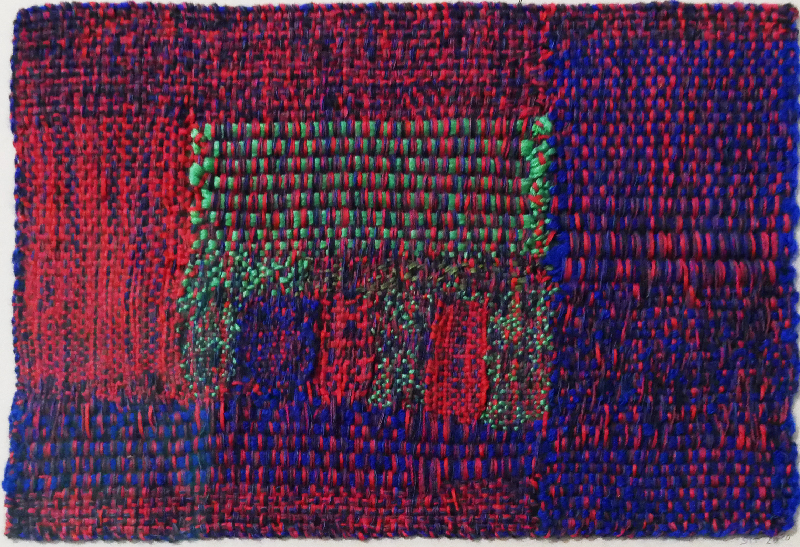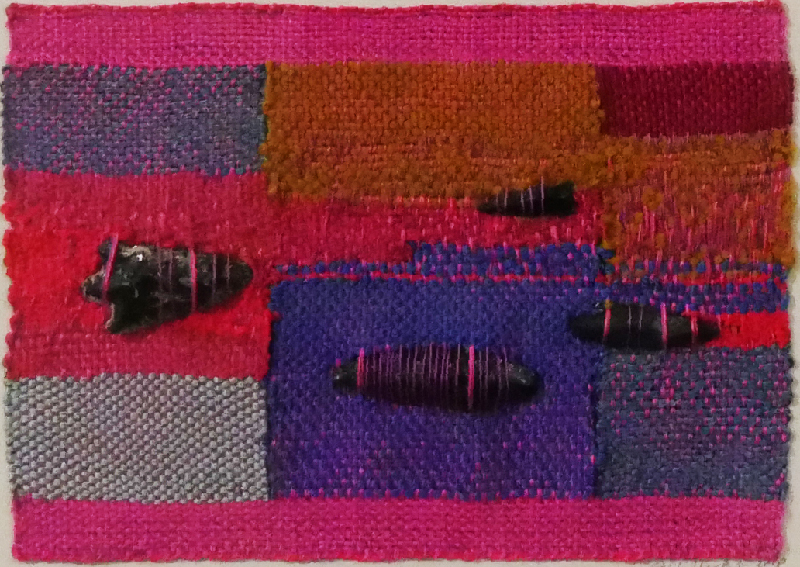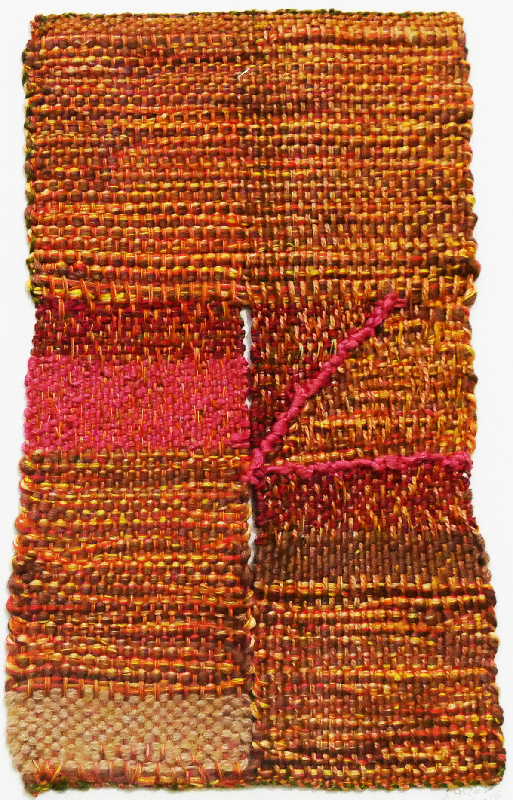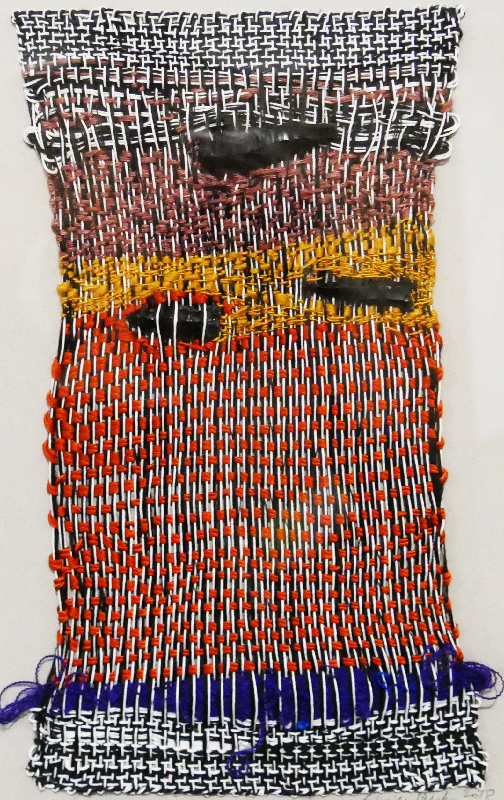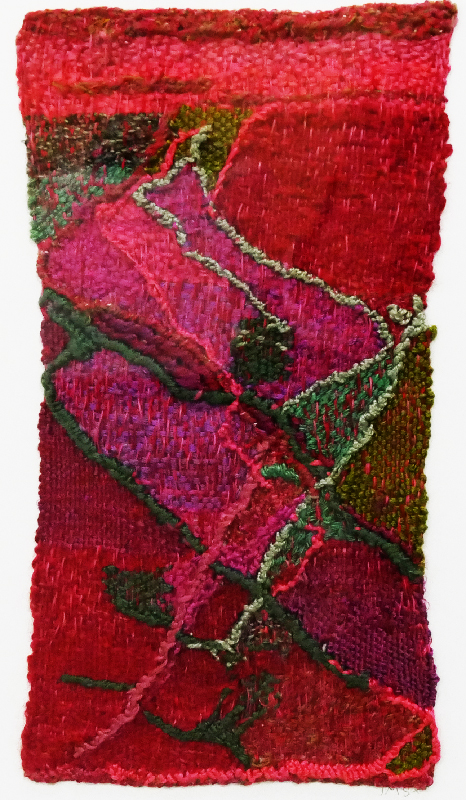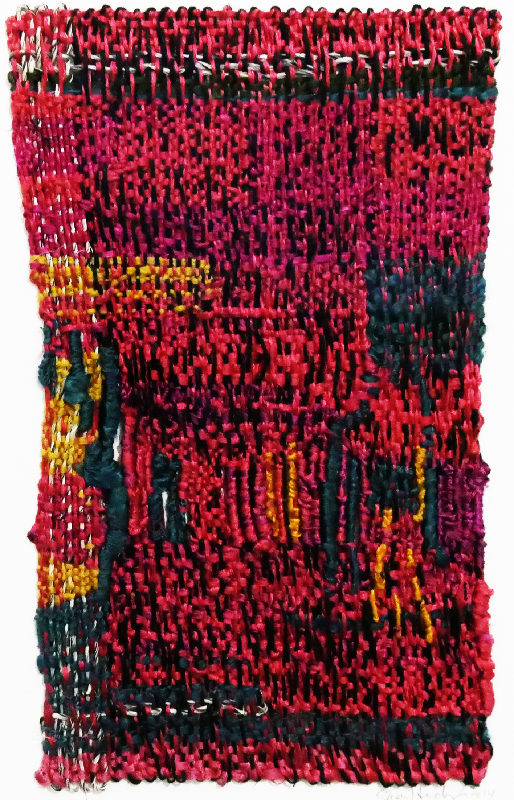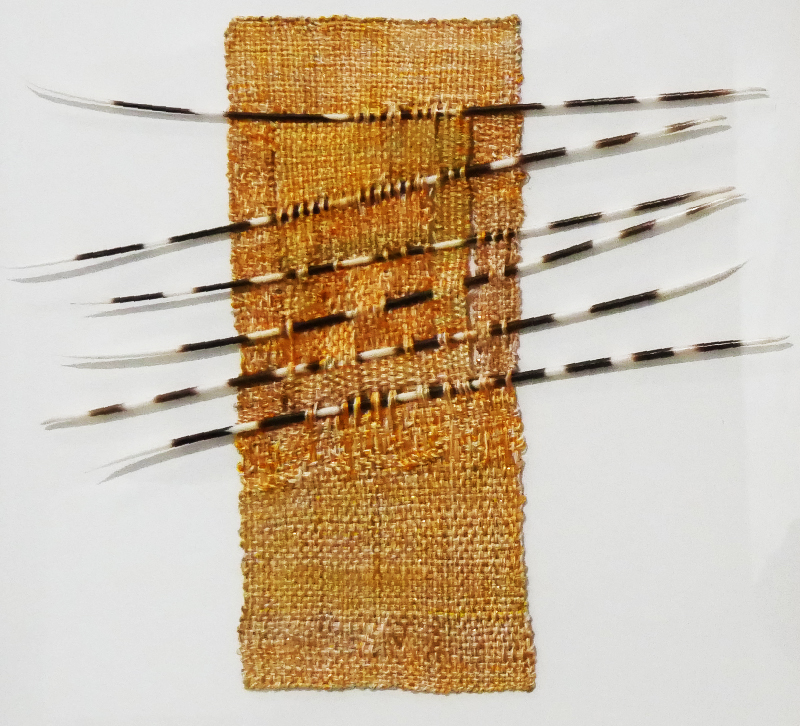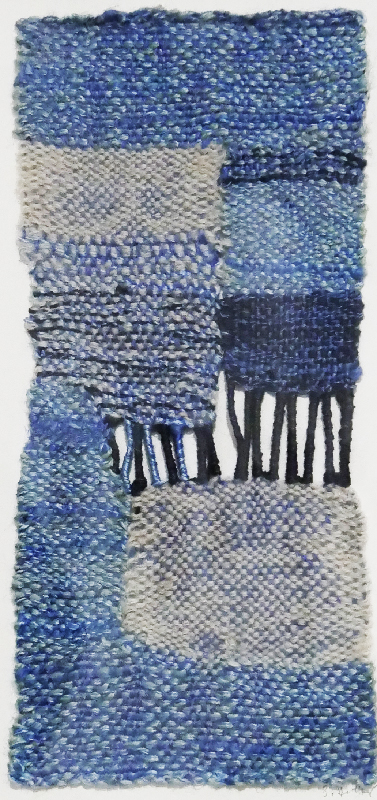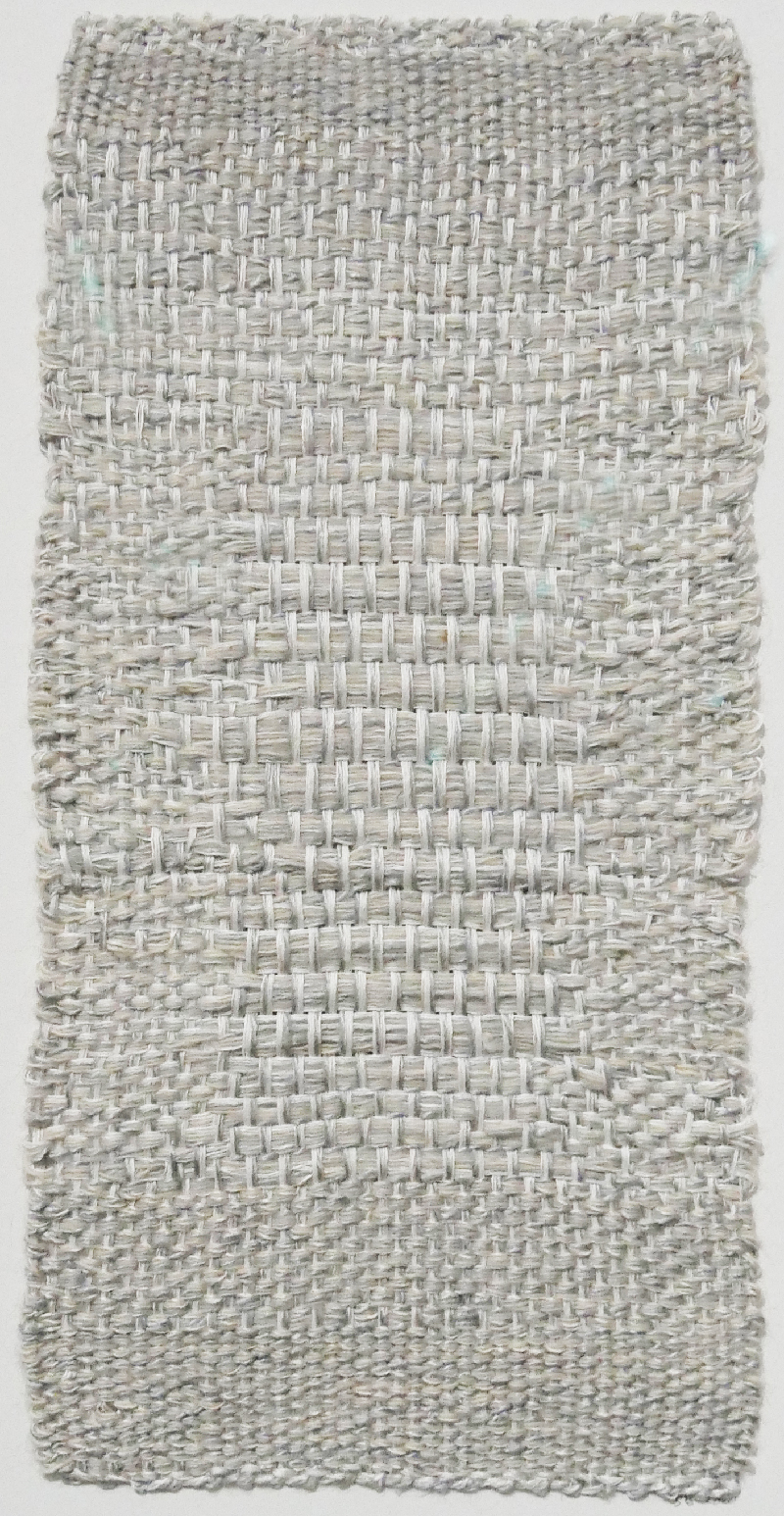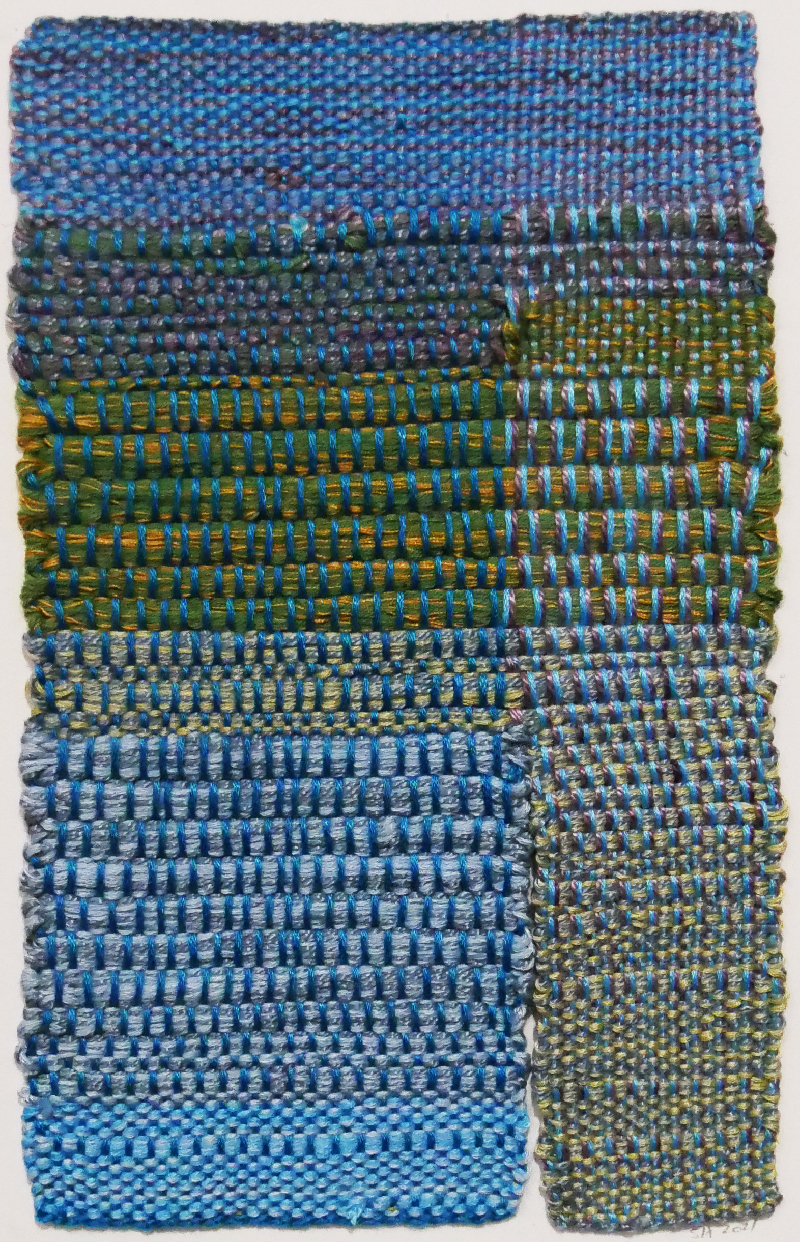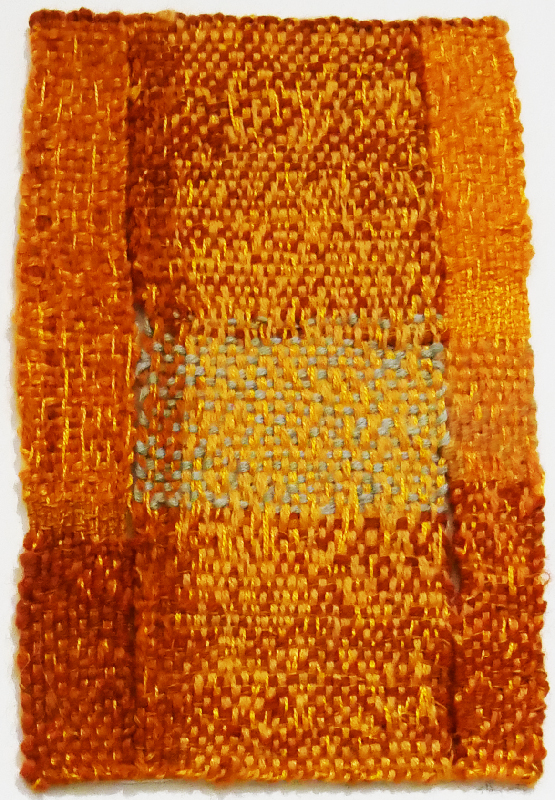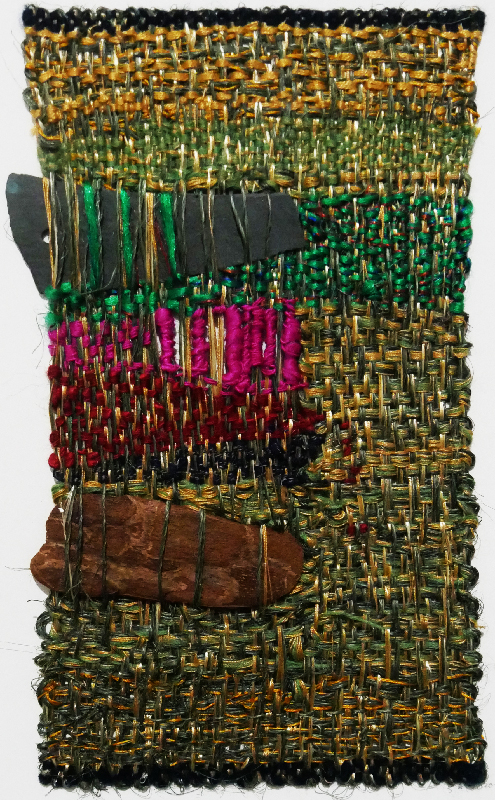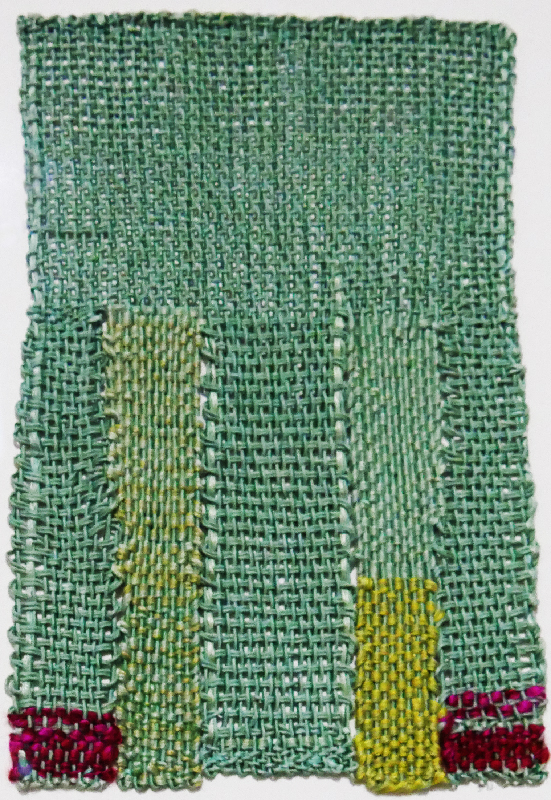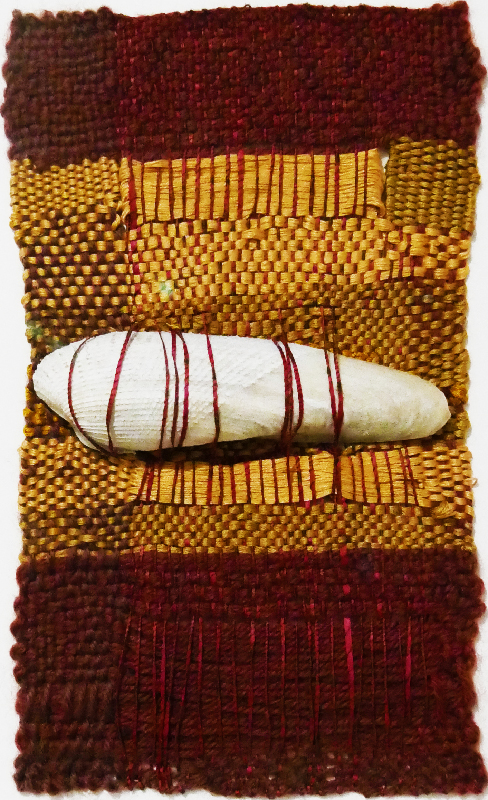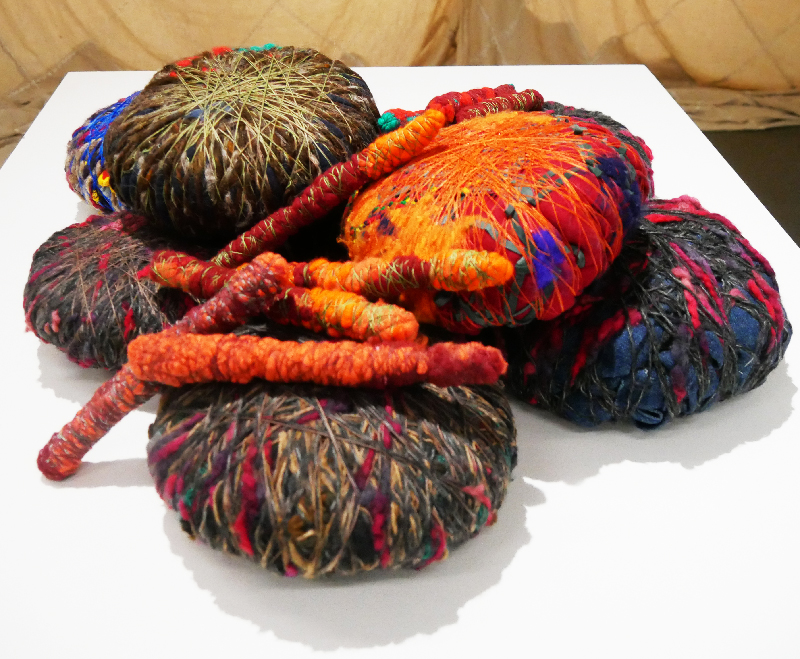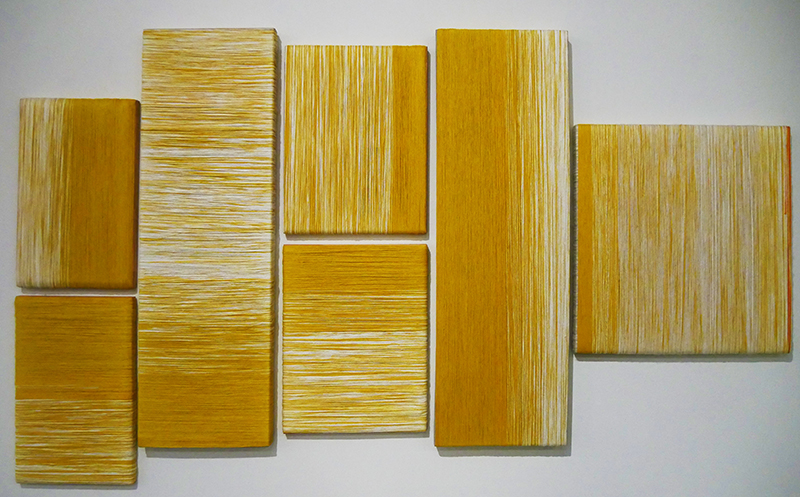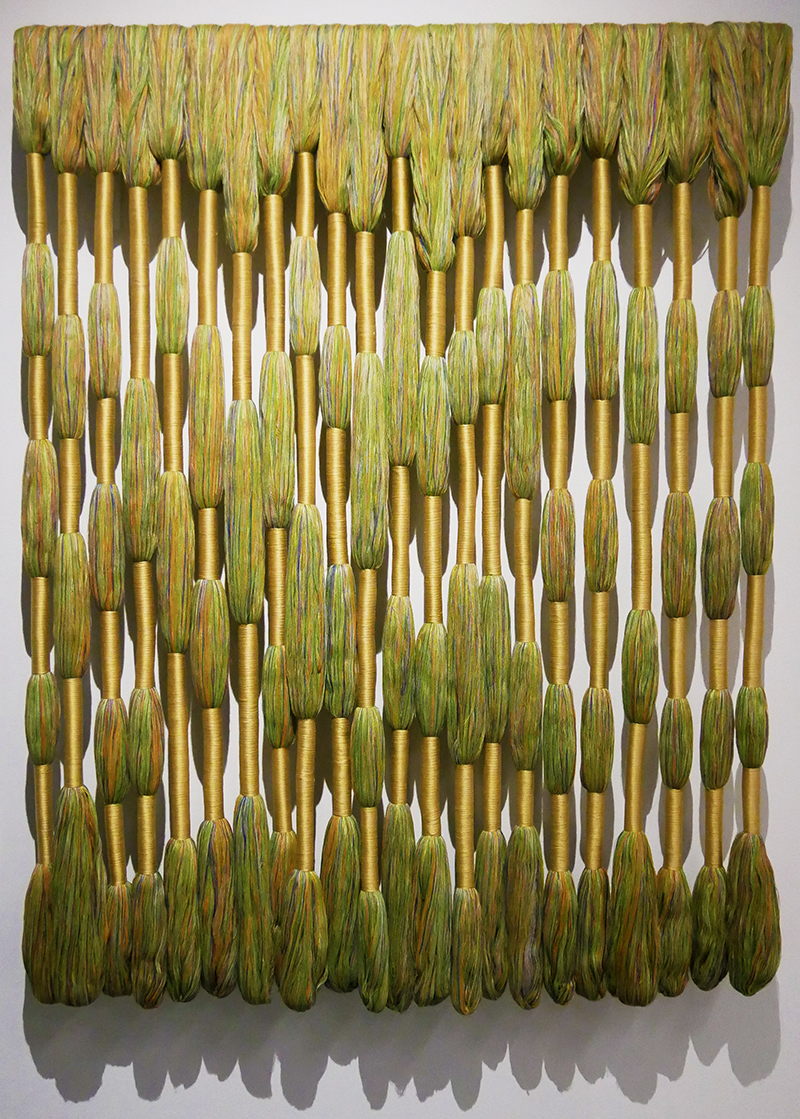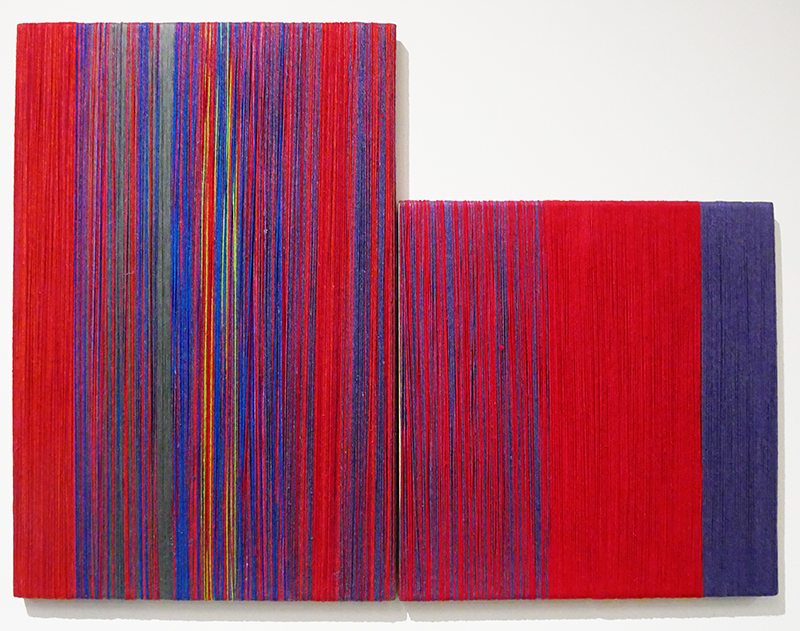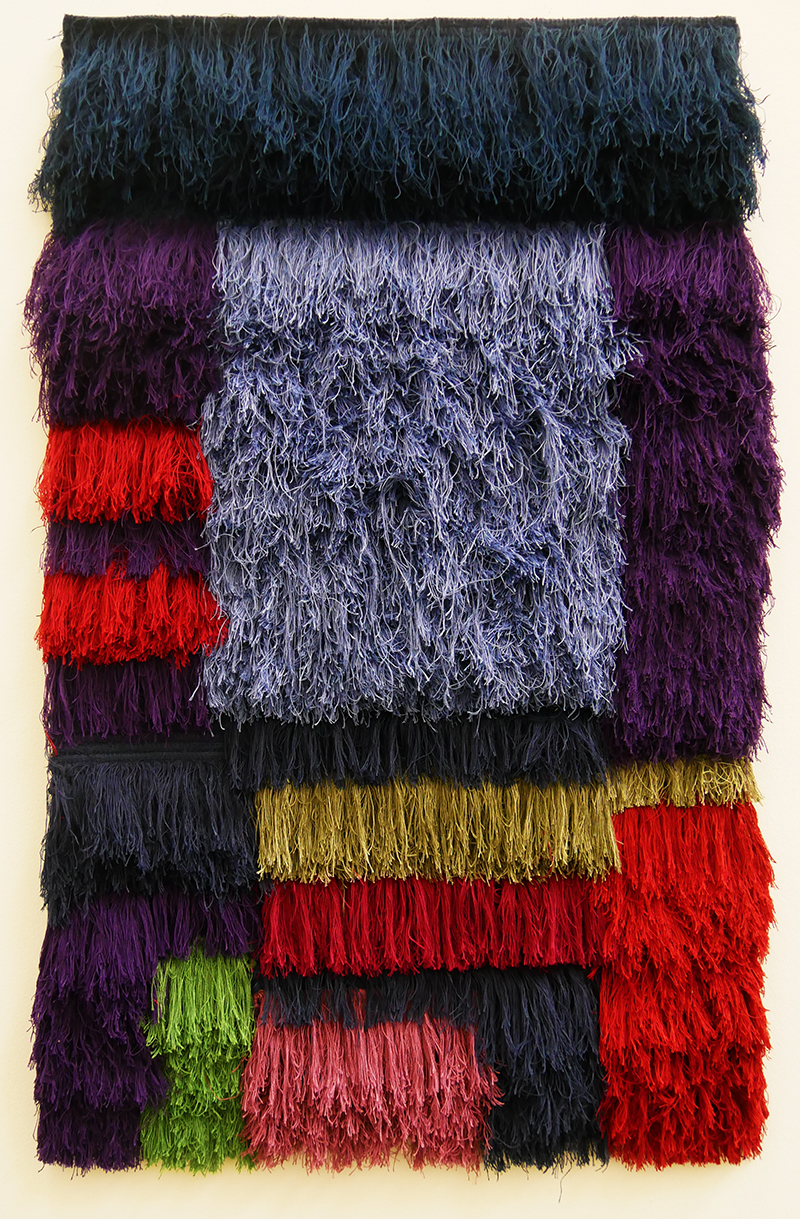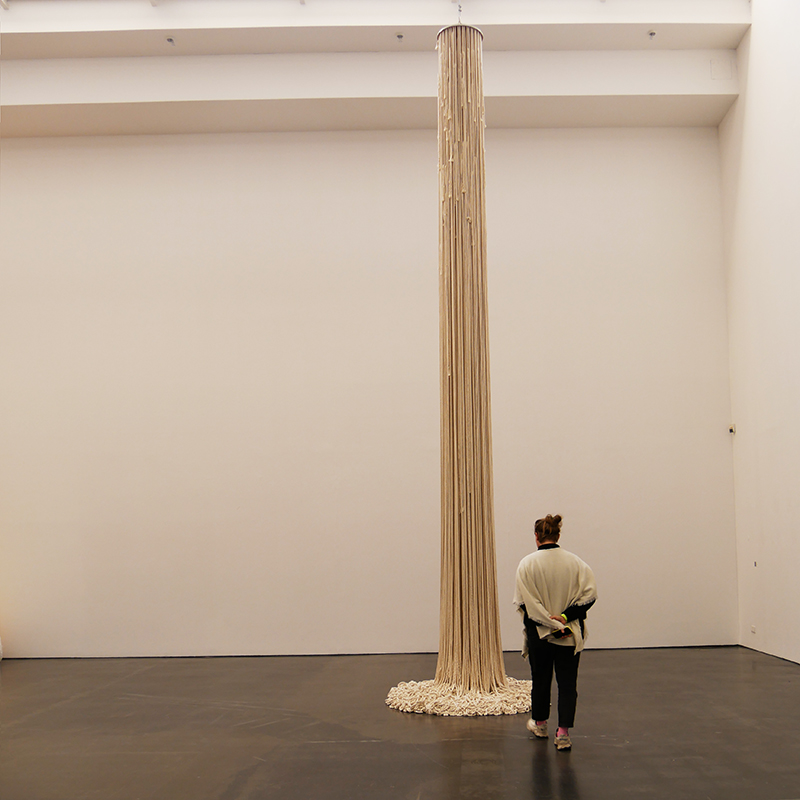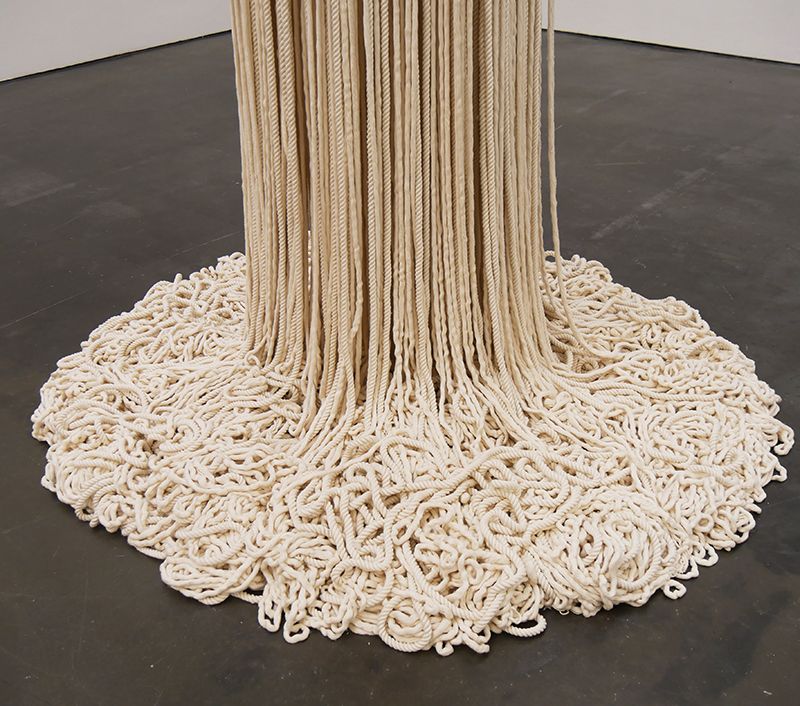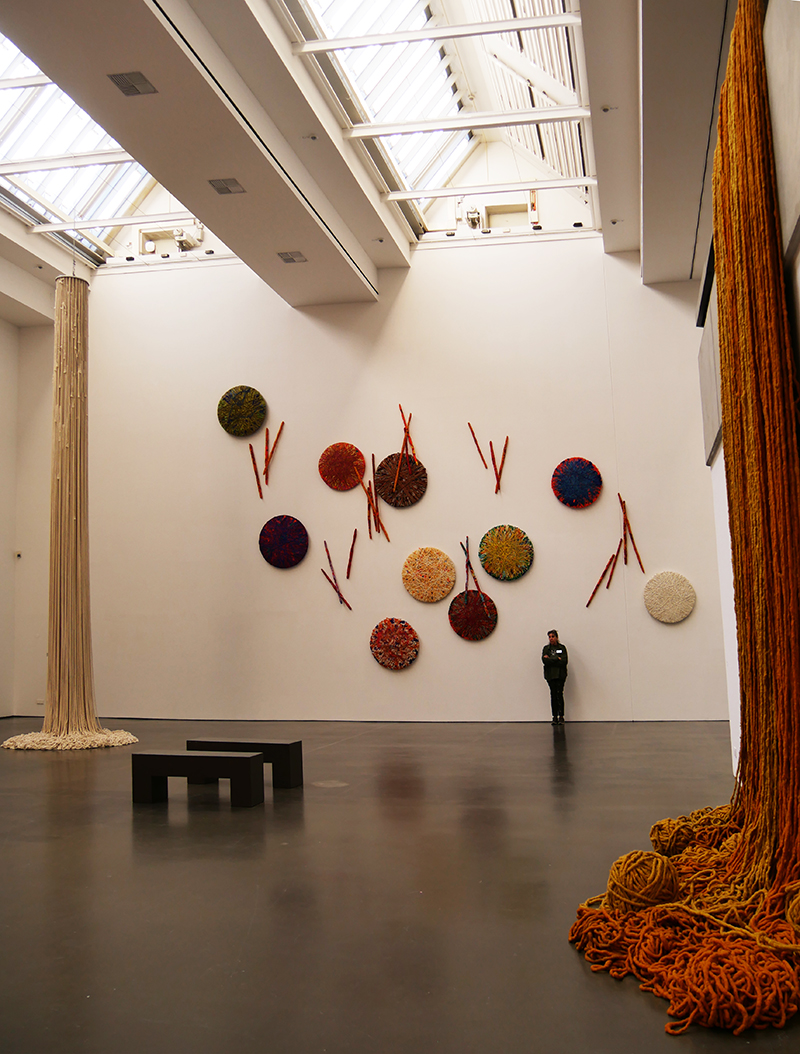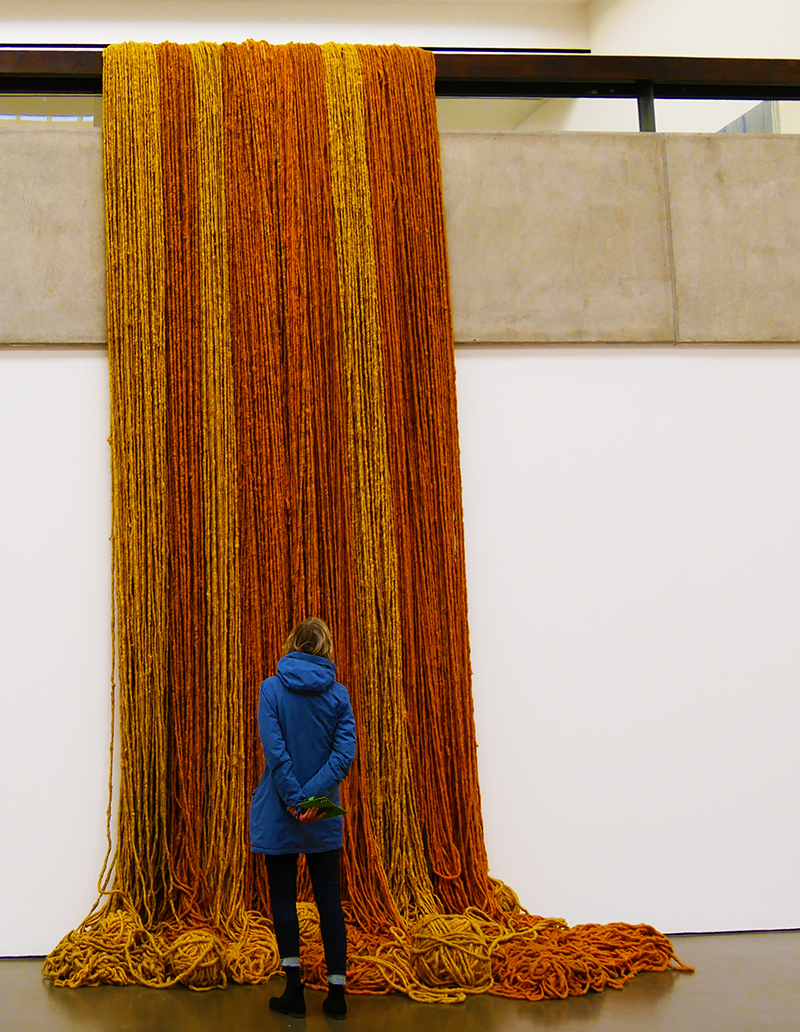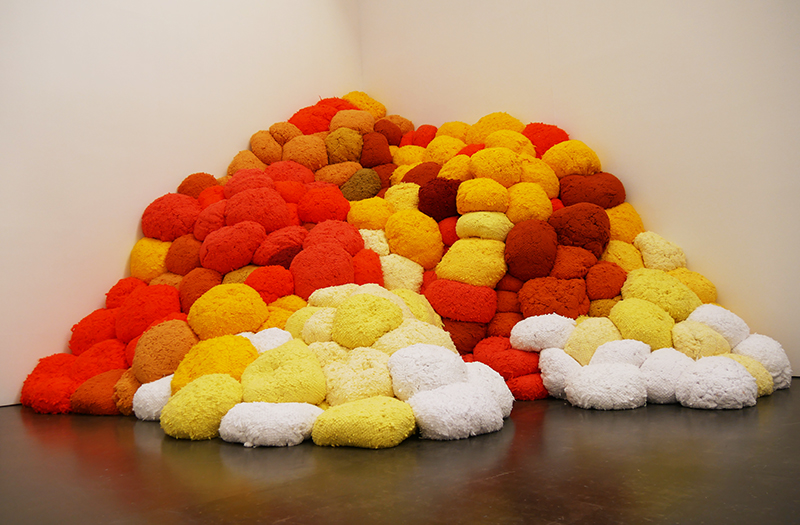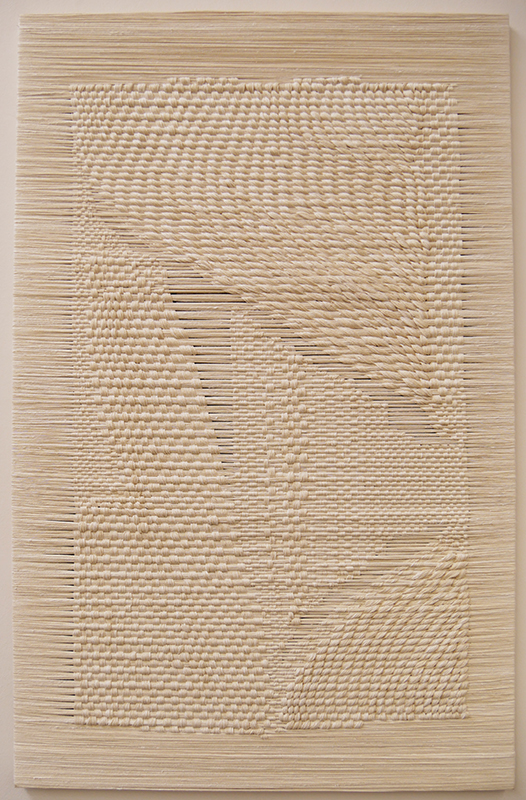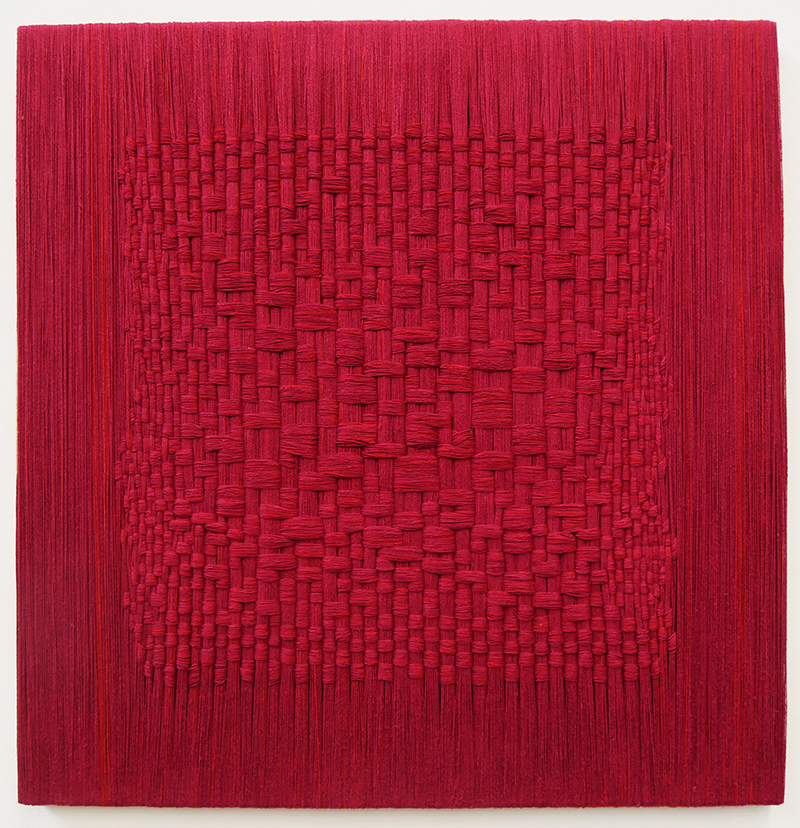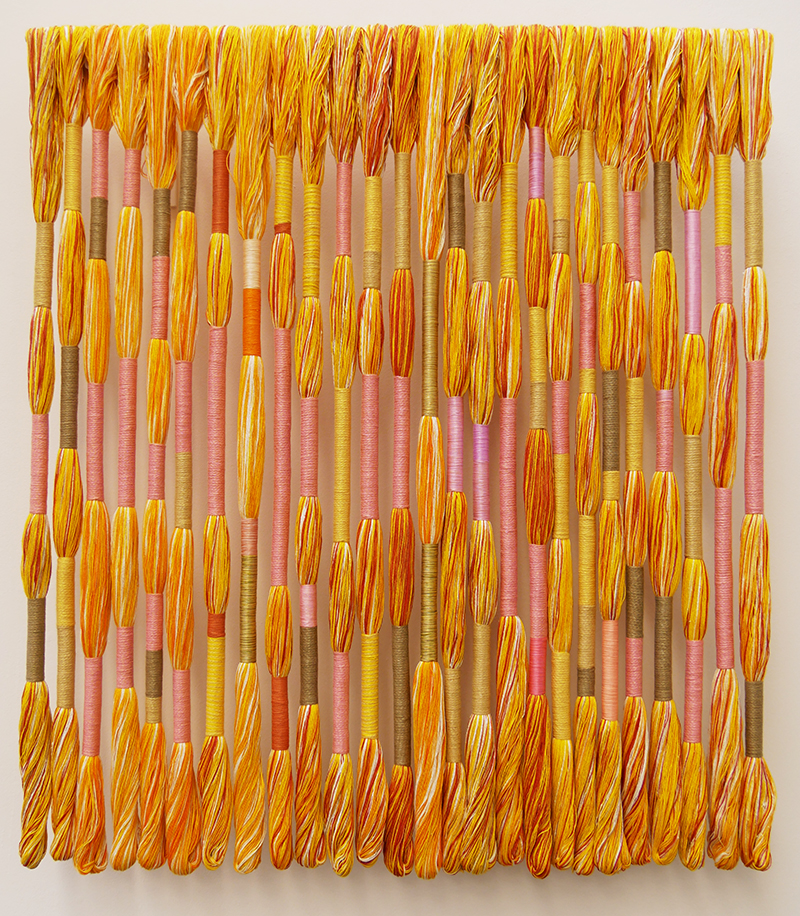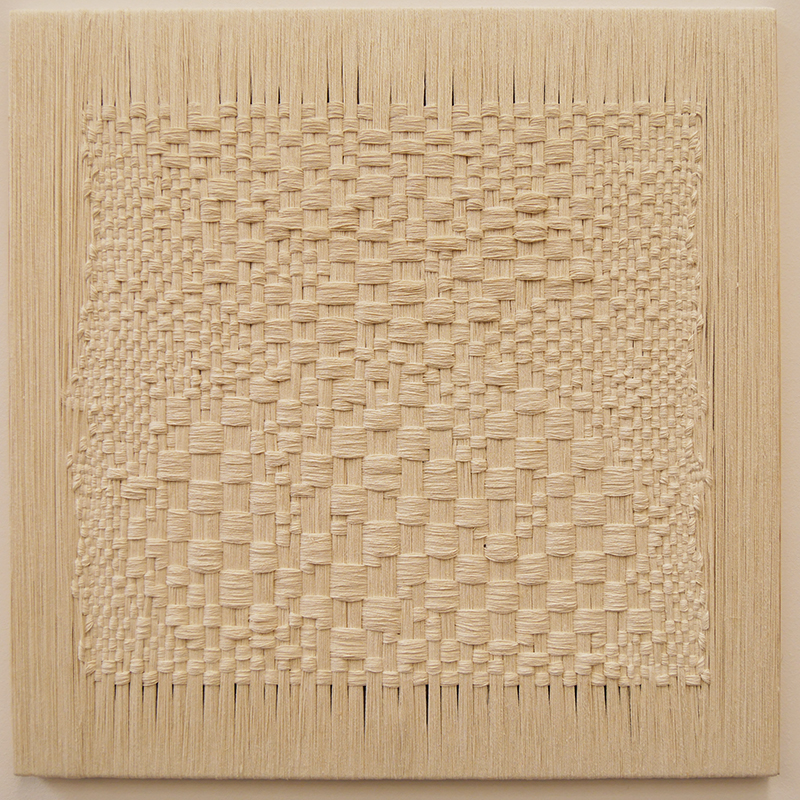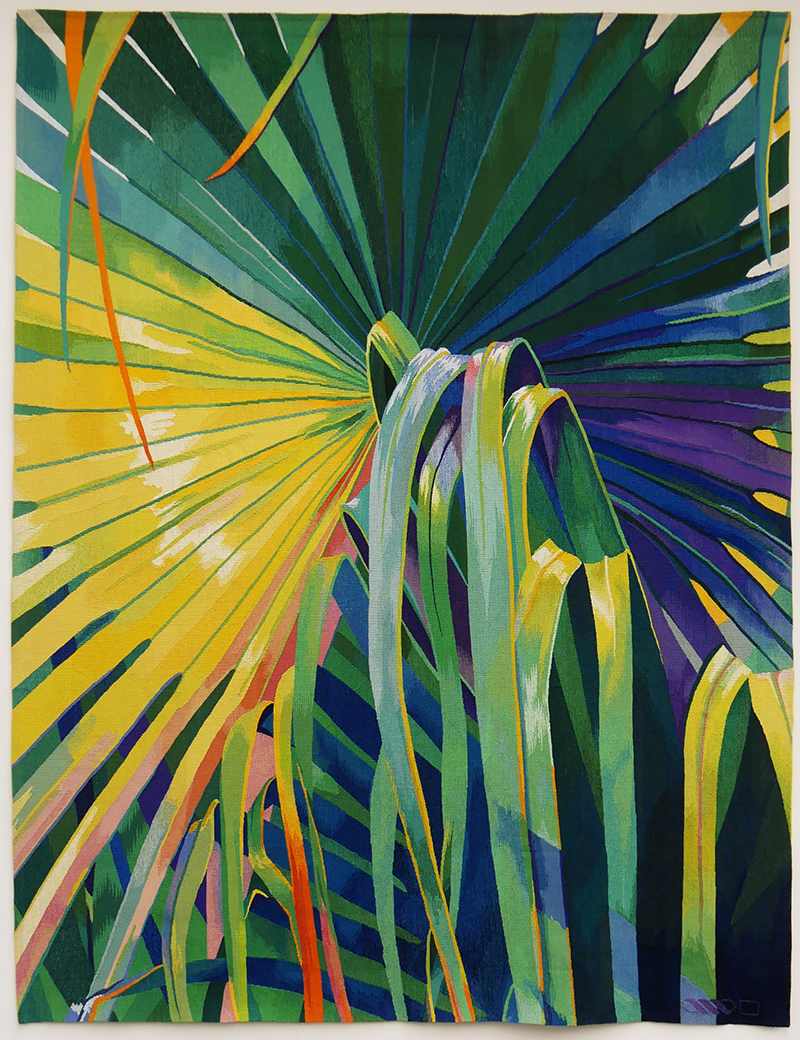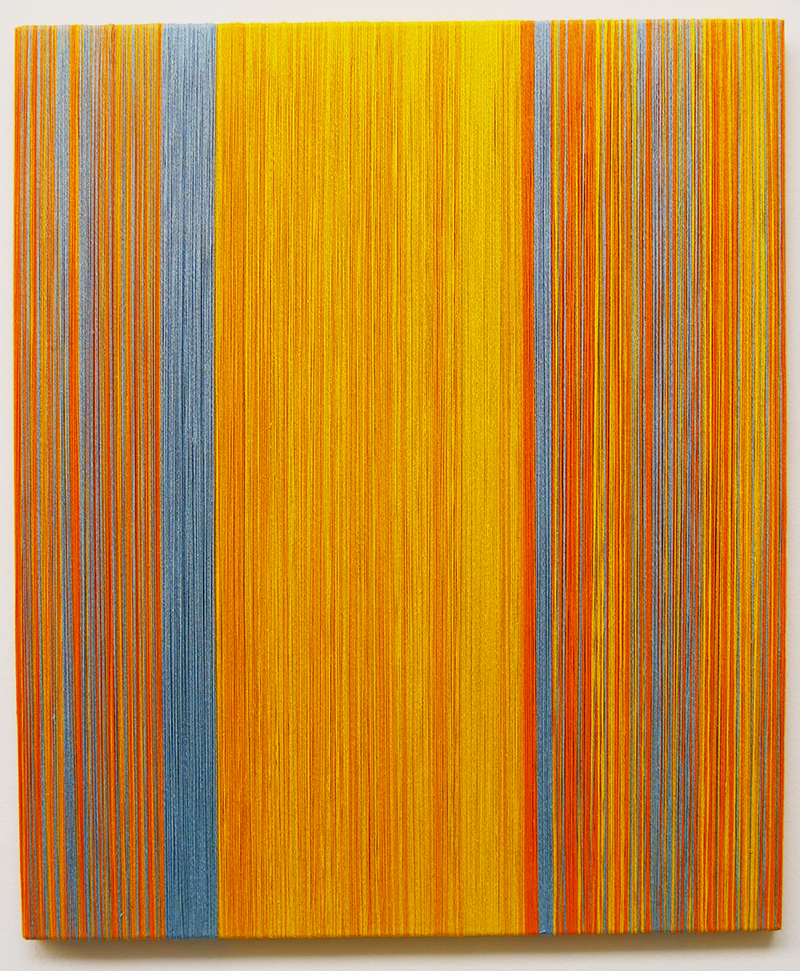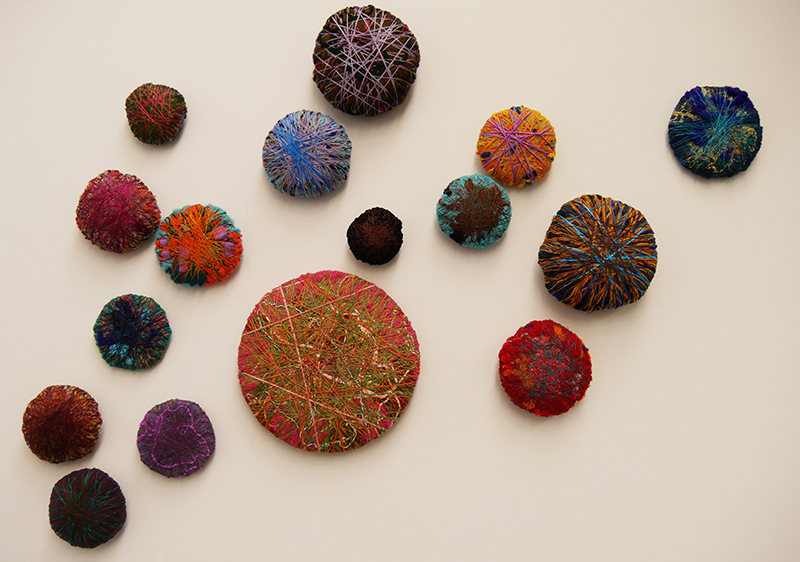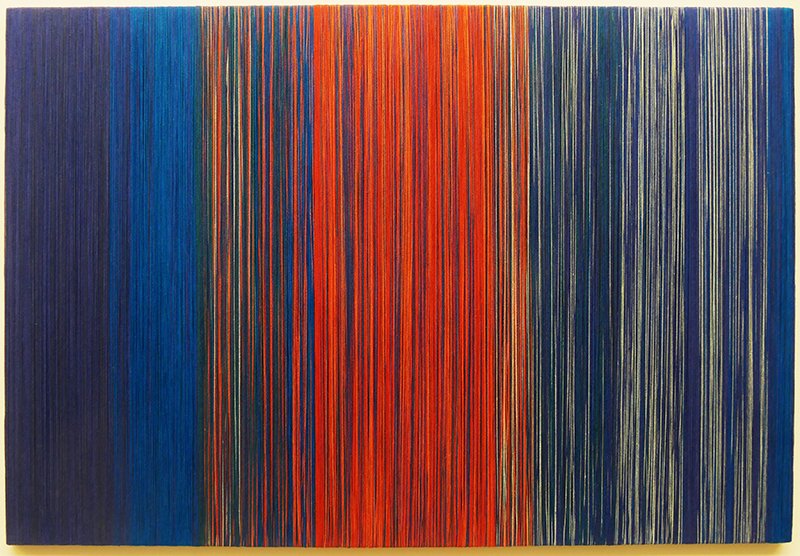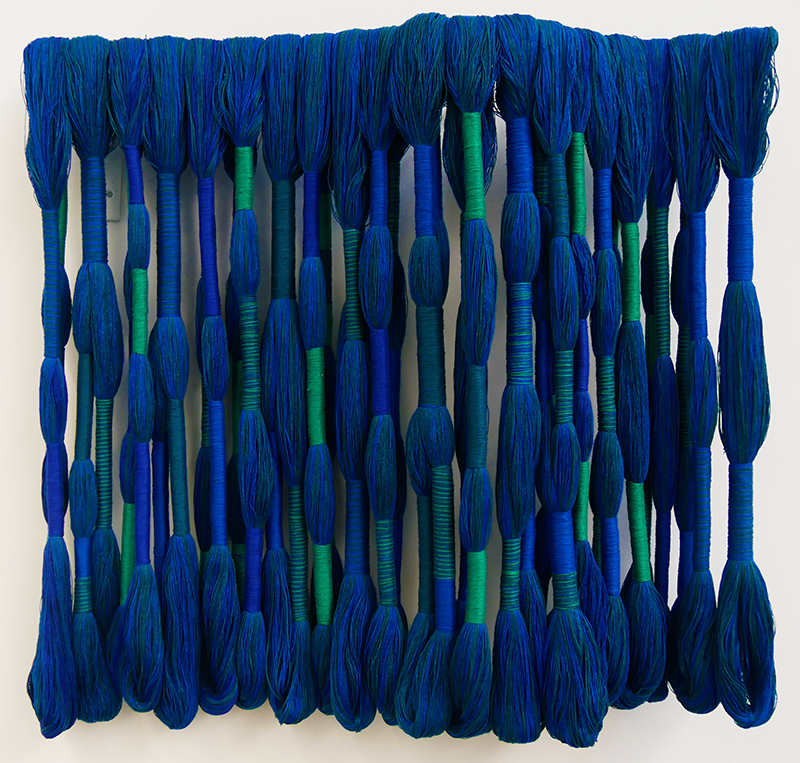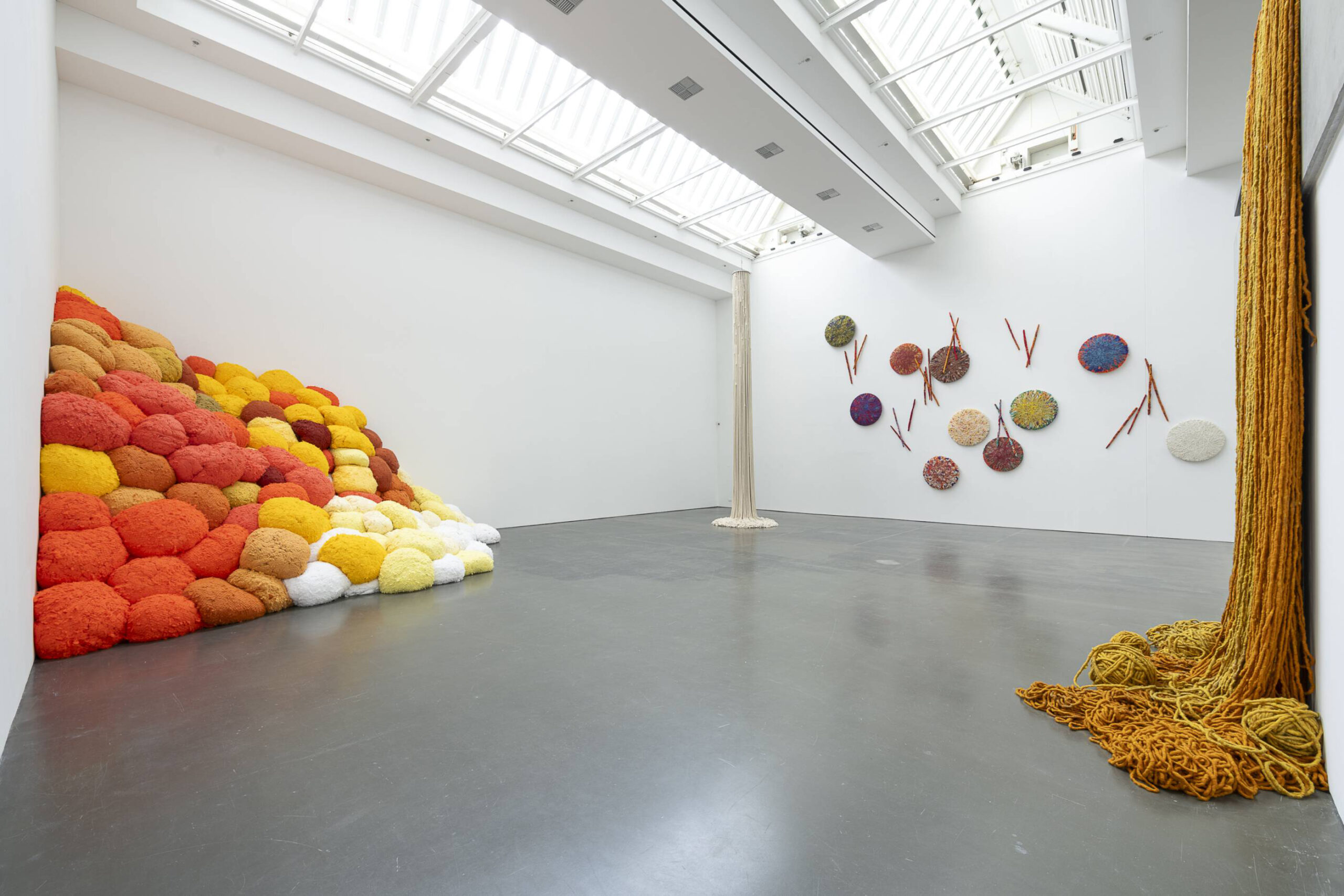
Sheila Hicks 1
From 12 October 2024 to 23 February 2025, the Josef Albers Museum Quadrat Bottrop and the Kunsthalle Düsseldorf will present the first major solo exhibition of the US-American artist Sheila Hicks (*1934) for the first time in Germany.
Held jointly at the Josef Albers Museum in Bottrop and the Kunsthalle Düsseldorf, the exhibition will present the artist’s entire oeuvre. The Josef Albers Museum is presenting a retrospective on the 700 square meters of the award-winning Gigon/Guyer extension building. It brings together works from the period from 1955 to 2024, including early paintings from her time as a student of Josef Albers that have never been shown. Early textile works, projects from her time in Chile, Mexico and Morocco, designs for large architectural commissions and her more recent color-intensive wall objects, sculptures and installations will also be on display, complemented by sketches and materials from the artist’s archive. The Kunsthalle Düsseldorf will subsequently present a more comprehensive view of Sheila Hicks’ current artistic production: large-format, partly site-specific installations and sculptures unfold their intense power in contrast to the brutalist architecture of the exhibition spaces and also show the artist’s latest experiments with materials and forms.
Comprising over 250 works from all creative periods, the collaborative exhibition provides a comprehensive overview of the 90-year-old artist’s multifaceted oeuvre for the first time in Germany. (text from the exhibition leaflet)
This double exhibition offered the chance to see the complete works of this prominent textile artist in Germany. The catalogue will be the first presentation in German language on Sheila Hicks. Unfortunately it was not ready at the time of my visit, but will be reviewed a soon as it is published. What was the most surprising for me at this exhbition was the fact that this 90 year old artist is still very actively working; not only her larger sculptural work for which she is best known, but also her „minimes“ or miniatures of which she said:“I found my voice and my footing in my small work. It enabled me to build bridges between art, design, architrcture and decorative arts“ (Sheila Hicks 2004).
Sheila Hicks was one of the famous names of the Lausanne Biennial, where she took part from 1967. In an interview from 2011 she tells Leslie Camhi that Lausanne has been important for her because it brought her work: Monumental public commissions since the mid 60s enabled her to have a Studio in Paris with assistants, among others her bas-relief medallion tapestries for the Ford Foundation in Manhattan (66/67); her wallhangings for Air France stitched by hand in white silk (1996-77); a commission fort he King Saud University in Riyadh, Saudi Arabia (1982/85), a commission for Fuji City in Japan (1992/95) and an large linen-and cork knot for “Target” in Minneapolis (2002/3). At her start in Paris se had worked for Knoll International, a design company. In her own words she tells about her situation:„by living in Paris; I could float in and out of all those categories (tapestry, design, artisanat) and I never got pigeonholed. I wasn’t French, so I did not have to conform“.
Sheila Hicks became world-wide known as an artist since her contribution to the Venice Biennial in 2017 with her work “Escalade Beyond Chromatic Lands“, a huge colourful wall in the Arsenale. I do not see this work as her best but it made a huge impression on the public and was used in later exhibitions in smaller scale. Since Venice, Sheila Hicks is the most prominent textile artist alive and was honoured in personal exhibitions around the world, among others in „Lignes de Vie“ at the Centre Pompidou (1918), the Nasher Sculpture Center, Dallas, TX, USA (2019), at the Museo Chileno de Arte Precolombino, Santiago, Chile (2019), at the MAK in Vienna (2020), at the Hepworth Wakefield, Wakefield, England (2020), the Kunstmuseum Sankt Gallen, Switzerland (2023), at the Centre Pompidou in Malaga, Spain(2023) and the current double exibition in Düsseldorf and Bottrup (2024).
When viewing the exhibitions, it was remarkable how divers the work of Sheila Hicks is, from her „Minimes“ to large sculptures with bundels of textiles in space and sculptural wallhangings, her so-called „lianes“, wrapped bundels of textile threads. She also contributed to a Japanese metallic fiber, looking like fluid steel, and she once editor of an issue of American Fabrics and Fashion Magazine (Fall 1983), that I still have because it was so forward-looking. At her age of 90 she still is a role model for textile artists, not only for what she has achieved in art but also that she managed to live on her art and can change over from craft to design to art without any problems. The good old Bauhaus principle that art is for everybody seems embodied in her divers works. Her teacher Josef Albers would be proud of her. The part of the exhibition showing the works at the Josef Albers Museum will be shown in Part 2 of this review
Beatrijs Sterk
